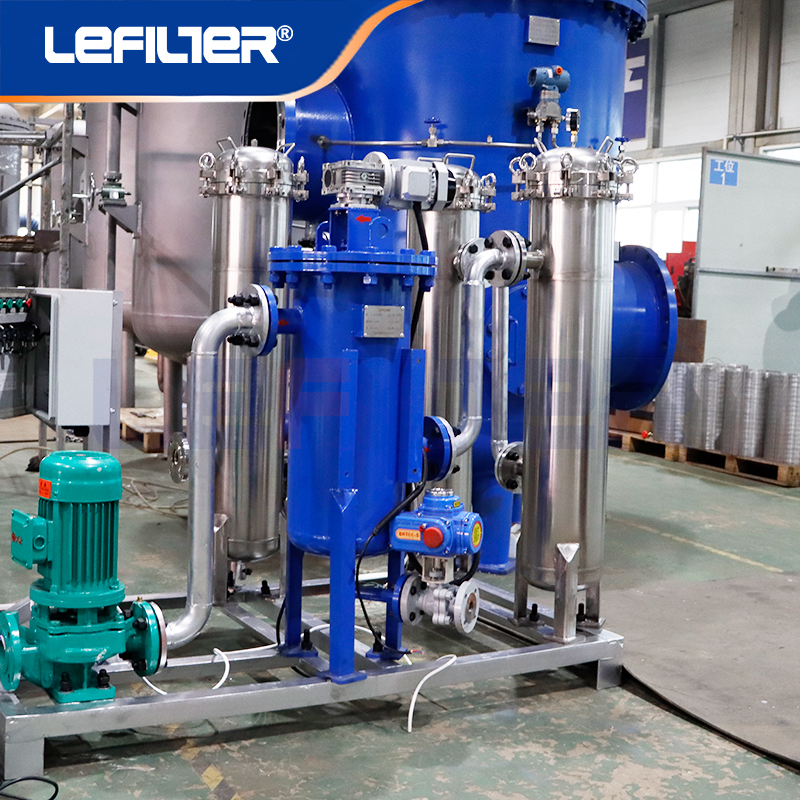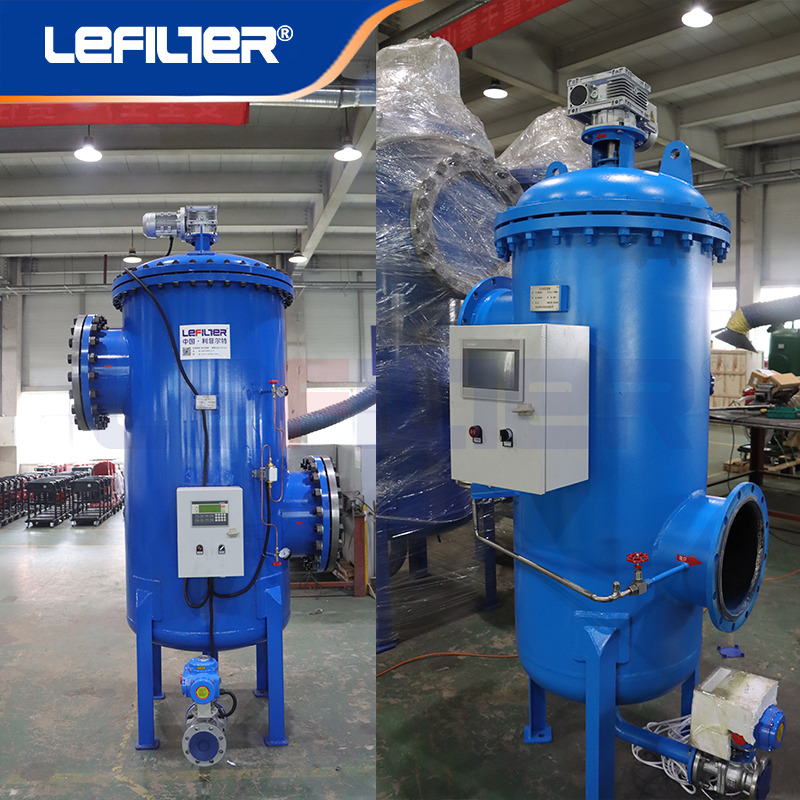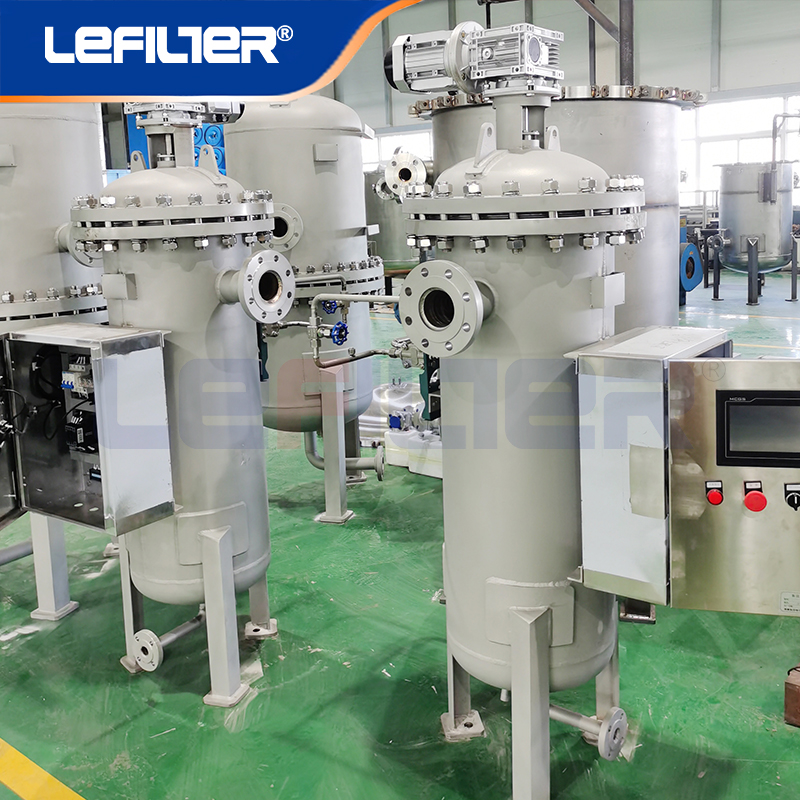Revolutionizing Aquaculture: How Self-Cleaning Filters Ensure Biosecurity in Marine Farming
DATE:2025-03-31 Number of views: 1 Source:jiaxiangting
The Rising Demand for Advanced Filtration in Blue Economy
As global aquaculture production surges to meet seafood demand, maintaining water quality has become paramount for sustainable marine farming. At the forefront of this challenge are self-clean strainer systems, which are transforming biosecurity standards in fish and shrimp farms worldwide. This article explores how full automatic self-cleaning filter technology addresses critical pain points in recirculating aquaculture systems (RAS), while examining why mechanical self-cleaning filter solutions are becoming indispensable for modern offshore farming operations.
The Biosecurity Imperative in Marine Aquaculture
Modern fish farms face unprecedented pressure to prevent disease outbreaks while minimizing environmental impact. Traditional filtration methods struggle with:
• Accumulation of organic waste and uneaten feed
• Pathogen proliferation in recirculated water
• Microplastic contamination from synthetic materials
This is where self-clean strainer systems demonstrate their superiority. By continuously removing particulate matter down to 50 microns, these filters create an inhospitable environment for harmful bacteria and parasites – without chemical treatments that could compromise stock health.

How Self-Cleaning Filters Protect Marine Ecosystems
The latest full automatic self-cleaning filter models incorporate specialized features for aquaculture applications:
1. Dual-Stage Filtration
• Primary screens (1-2mm) capture large debris like fish scales
• Secondary mechanical self-cleaning filter elements (50-100μm) remove fine particulates
2. Intelligent Operation
• Optical sensors detect turbidity spikes
• Differential pressure triggers autonomous cleaning
• Zero water discharge during backwash cycles
3. Marine-Grade Materials
• 316L stainless steel construction
• Antifouling coatings prevent biofilm
• Corrosion-resistant actuators
Technical Innovations Driving Adoption
Self-clean strainer technology has evolved to meet aquaculture's unique demands:
For Offshore Cage Systems
• Submersible designs withstand 10m+ wave action
• Anti-jellyfish screens protect intake valves
• Low-power operation suits remote locations
For Land-Based RAS Facilities
• Integration with UV sterilization units
• Automated waste concentration for nutrient recovery
• Real-time TSS (Total Suspended Solids) monitoring
For Hatchery Operations
• Larvae-safe filtration at 20 micron levels
• Gentle flow rates under 0.1m/s
• Sterilizable components for biosecurity protocols

Economic and Environmental Benefits
Investing in full automatic self-cleaning filter systems delivers measurable advantages:
Operational Efficiency
• 90% reduction in manual filter maintenance
• 40% lower pump energy consumption
• 24/7 operation without human intervention
Stock Health Improvements
• 60% fewer gill disease incidents
• Enhanced feed conversion ratios
• Reduced antibiotic dependency
Sustainability Gains
• 95% water reuse in closed systems
• Captured organic waste for biogas production
• Compliance with ASC and BAP certification standards
Implementation Considerations
Selecting the right mechanical self-cleaning filter requires evaluating:
1. Farm-Specific Parameters
• Stocking density and species requirements
• Water exchange rates
• Waste load characteristics
2. System Integration
• Pipework compatibility (PVC/HDPE)
• Control system interfaces (PLC/SCADA)
• Backup power provisions
3. Future-Proofing Features
• Modular capacity expansion
• Remote diagnostics capability
• Spare parts availability
Leading manufacturers now offer:
✓ Computational Fluid Dynamics (CFD) modeling
✓ Pilot testing with live biomass
✓ Customized cleaning cycle programming

Emerging Technological Frontiers
The next generation of self-clean strainer systems incorporates:
1. AI-Powered Predictive Maintenance
• Machine learning algorithms analyze:
• Filter performance trends
• Biomass growth correlations
• Optimal cleaning schedules
2. Nanobubble Integration
• Combines filtration with dissolved oxygen enrichment
• Enhances nitrifying bacteria efficiency
3. Blockchain Water Accounting
• Tamper-proof records for:
• Filtration efficiency metrics
• Disease prevention protocols
• Regulatory compliance reporting
Conclusion
As aquaculture emerges as a cornerstone of the blue economy, full automatic self-cleaning filter systems have transitioned from optional upgrades to critical infrastructure. By solving the fundamental tension between intensive production and environmental stewardship, mechanical self-cleaning filter technology enables farms to achieve both profitability and sustainability. For operations seeking to future-proof their facilities while meeting stringent biosecurity standards, investing in advanced self-clean strainer solutions represents not just operational improvement – but an essential strategy for thriving in the new era of responsible marine farming.


